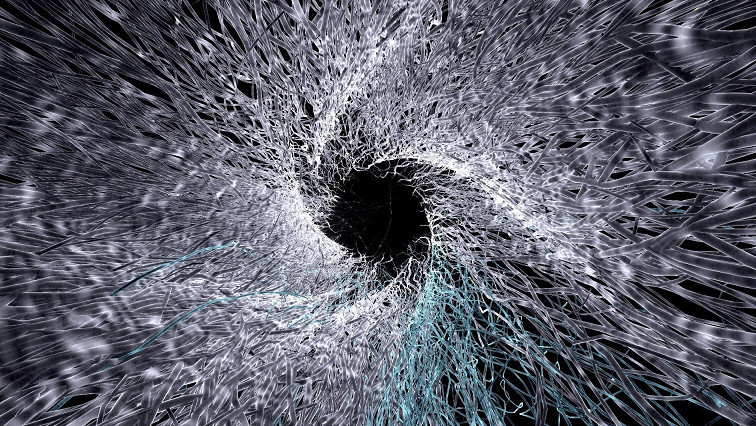Details were published on January 2021 in IEEE/CAA Journal of Automatica Sinica, a joint publication of the IEEE and the Chinese Association of Automation.
"In recent years, nanostructured materials have gained continuously growing interest both in scientific and industrial contexts, because of their research appeal and versatile applications," said paper author Cosimo Ieracitano, research fellow in the Neurolab Group, Department of Civil Engineering, Energy, Environment and Materials, University Mediterranea of Reggio Calabria. "Nanofiber applications success requires special care be paid to the quality of nanomaterial and the generation process."
Nanofibers are produced by applying a high voltage to a syringe containing a polymer solution and a spinning collector. The solution, powered by the electric charge, jets out onto the collector and results in nanofibers. For a product that requires uniformity - for example, a nanofiber intended as scaffolding to grow cells will result in uneven growth if it contains a lump or a hole, or it might not be able to grow any if it has a film on it - the current production process is quite messy.
To prevent anomalies, technicians monitor the fiber production using a scanning electron microscope that can precisely determine the topography of the fibers, as well as their composition. They then visually inspected the images. According to Ieracitano, it is a time-consuming process that depends on humans, who can become fatigued and make mistakes.
"In the production chain of nanomaterials, a crucial step is to practically implement automation in the defect-identification process to reduce the number of laboratory experiments and the burden of the experimentation phase," Ieracitano said.
The research team designed a two-part automatic process to homogenous nanofibers. An autoencoder, a type of machine-learning software, chops the scanning electron microscope images into smaller pieces and translates them into code. That code is rendered into more basic versions of the original images, reducing computing power but still highlighting any anomalies. Another machine-learning processor assess the image, looking for any structural flaws. If it finds one, it dismisses the nanofiber as defective.
"Notably, the proposed system outperforms other standard machine-learning techniques, as well as other recent state-of-the art methods, reporting an accuracy of up to 92.5%," Ieracitano said. Currently used techniques are typically 64 to 66% accurate.
Read the original article on EurekAlert.


